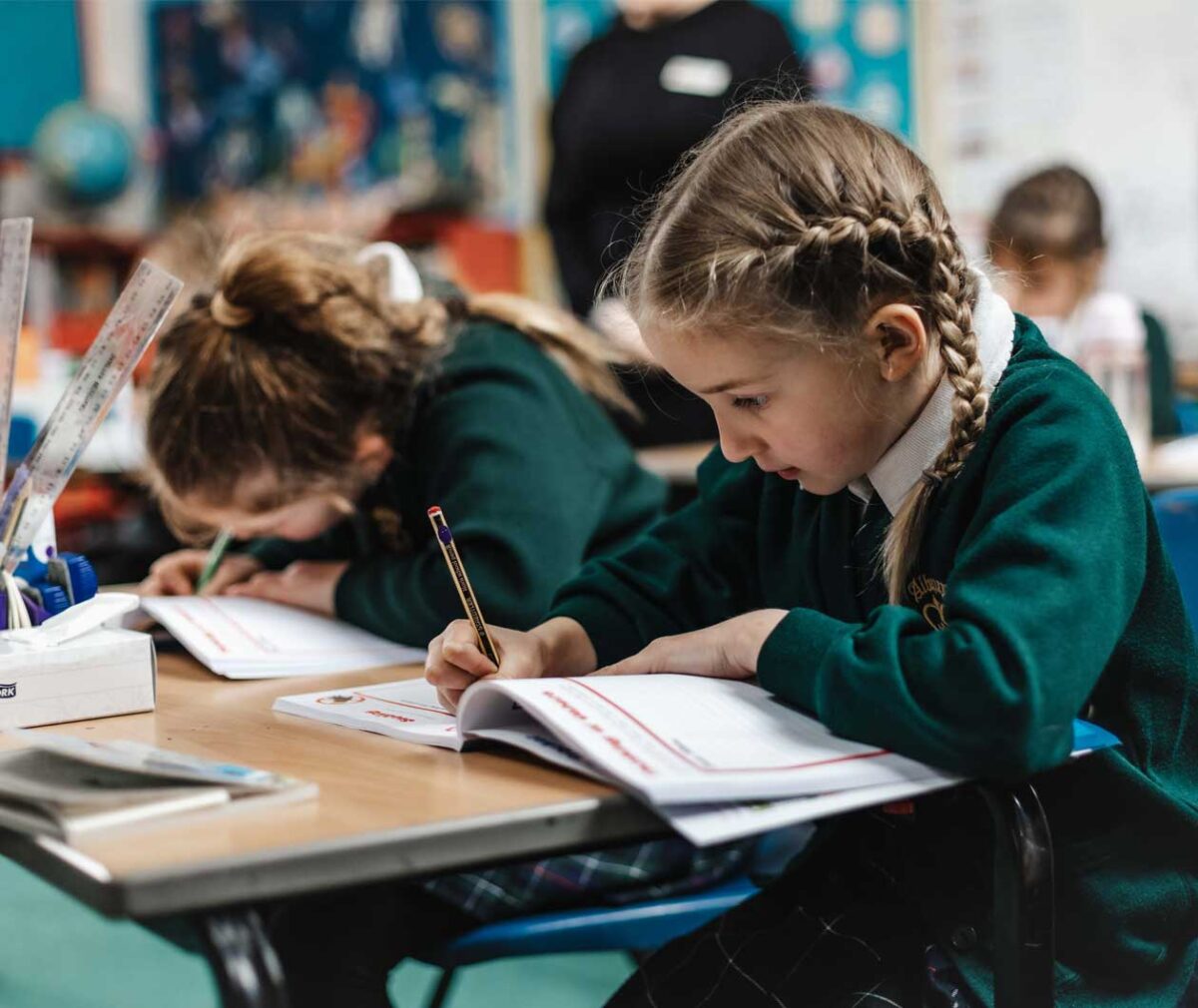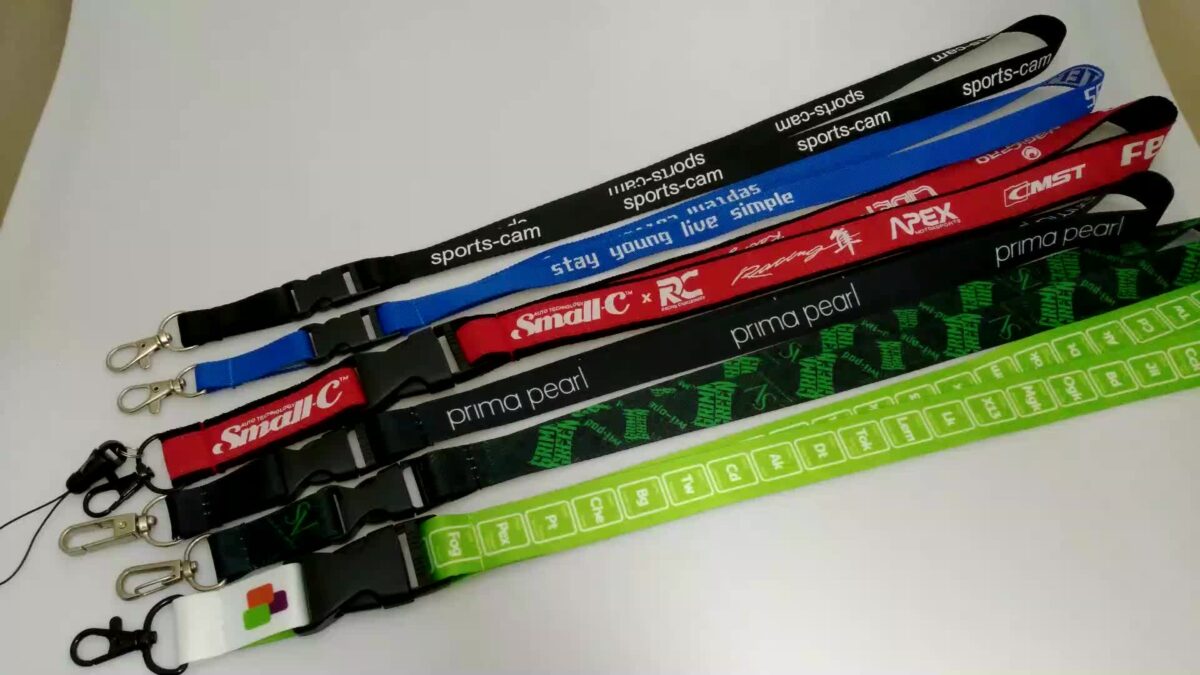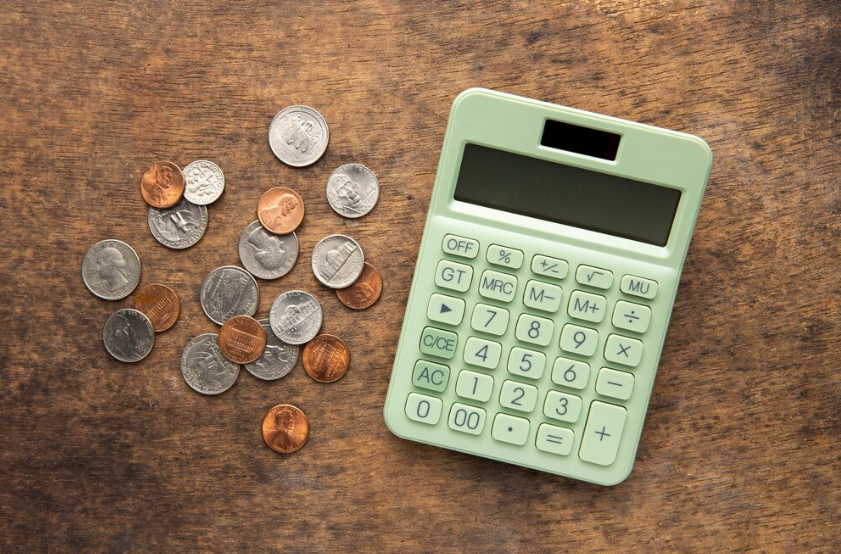The Importance of PSHE Resources in Kids’ Zones

In the realm of education, there exists a profound responsibility to nurture not only academic prowess but also emotional intelligence, social skills, and personal well-being. This holistic approach to education finds its cornerstone in the field of Personal, Social, Health, and Economic (PSHE) education. As educators, parents, and policymakers seek to equip children with the tools necessary for navigating life’s challenges, the integration of PSHE resources into kids’ zones and curricula emerges as a pivotal strategy. In this blog, we delve into the significance of PSHE resources, explore their role within the broader context of the PSHE curriculum, and highlight their impact on children’s holistic development.
Understanding the Essence of PSHE Resources
At its core, PSHE education aims to equip young minds with essential life skills, promoting their well-being and enabling them to make informed decisions in various life contexts. However, achieving these objectives necessitates more than mere theoretical instruction; it demands engaging, interactive, and age-appropriate resources that resonate with children’s experiences and foster meaningful learning.
PSHE resources encompass a diverse array of materials, ranging from lesson plans and worksheets to multimedia presentations and interactive activities. These resources are designed to address a wide spectrum of topics, including emotional literacy, relationships, health education, financial literacy, and citizenship. By leveraging diverse formats and mediums, educators can cater to different learning styles, ensuring that every child has the opportunity to engage with and internalize the content effectively.
The Role of PSHE Resources in Kids’ Zones
Kids’ zones serve as designated spaces within educational settings where children can explore, learn, and interact in a safe and supportive environment. These zones often feature a variety of educational materials, games, and activities tailored to children’s interests and developmental needs. By incorporating PSHE resources into kids’ zones, educators can create immersive learning experiences that seamlessly integrate essential life skills education into children’s daily routines.
One of the primary benefits of incorporating PSHE resources into kids’ zones is the promotion of active learning. Through hands-on activities, role-playing exercises, and group discussions, children can actively engage with the material, fostering deeper understanding and retention. Moreover, by embedding PSHE education within their everyday environment, children develop a sense of ownership over their learning, empowering them to apply acquired skills and knowledge in real-life situations.
Additionally, kids’ zones provide opportunities for collaborative learning and peer interaction, which are essential components of social and emotional development. By participating in group activities and cooperative games centered around PSHE themes, children learn valuable communication, teamwork, and conflict resolution skills. These interactions not only enhance their social competence but also cultivate empathy, tolerance, and respect for others’ perspectives.
Furthermore, kids zone serve as catalysts for sparking curiosity and encouraging exploration. By incorporating age-appropriate PSHE resources that pique children’s interest and curiosity, educators can instill a lifelong love for learning and personal development. Whether through interactive exhibits, multimedia presentations, or storytelling sessions, kids’ zones offer endless possibilities for fostering a positive learning environment where children feel inspired to explore new ideas and concepts.
Integrating PSHE Resources into the Curriculum
While kids’ zones provide valuable opportunities for informal learning and exploration, the integration of PSHE resources into the formal curriculum is equally essential. By weaving PSHE education seamlessly into various subject areas, educators can reinforce key concepts and skills while addressing the diverse needs and interests of students.
One effective approach to integrating PSHE resources into the curriculum is through cross-curricular connections. By identifying relevant themes and topics that align with other subjects such as science, mathematics, language arts, and social studies, educators can create interdisciplinary learning experiences that deepen students’ understanding and appreciation of PSHE concepts. For example, a science lesson on nutrition and healthy eating habits can incorporate elements of health education and personal well-being, while a mathematics activity focused on budgeting and financial planning can integrate principles of financial literacy and economic education.
Furthermore, the use of technology can enhance the accessibility and effectiveness of PSHE resources within the curriculum. Interactive e-learning platforms, educational apps, and digital simulations offer engaging opportunities for students to explore complex topics in a dynamic and interactive manner. By leveraging digital tools and resources, educators can accommodate diverse learning styles and preferences while catering to the needs of 21st-century learners.
The Impact of PSHE Resources on Holistic Development
The integration of PSHE resources into kids’ zones and curricula yields far-reaching benefits that extend beyond academic achievement. By nurturing children’s social, emotional, and personal development, these resources play a pivotal role in shaping well-rounded individuals who are equipped to thrive in an ever-changing world.
One of the key impacts of PSHE resources is the promotion of mental health and emotional well-being. By providing children with opportunities to explore their thoughts, feelings, and emotions in a supportive and non-judgmental environment, these resources help foster emotional resilience and coping skills. Moreover, by destigmatizing discussions around mental health and promoting open dialogue, educators can empower children to seek support when needed and develop healthy strategies for managing stress and adversity.
Additionally, PSHE resources contribute to the cultivation of positive relationships and social skills. Through collaborative activities, role-playing exercises, and peer interactions, children learn valuable communication, empathy, and conflict resolution skills that are essential for building healthy and meaningful relationships. By fostering a sense of belonging and community within the classroom and beyond, these resources lay the foundation for inclusive and supportive environments where every child feels valued and respected.
Furthermore, PSHE resources play a crucial role in promoting physical health and well-being. By providing children with accurate and age-appropriate information about nutrition, exercise, personal hygiene, and safety, these resources empower them to make healthy choices and adopt lifelong habits that promote physical well-being. Moreover, by addressing topics such as substance abuse, sexual health, and risk prevention, educators can equip children with the knowledge and skills necessary to navigate potential challenges and make informed decisions.
In conclusion, the integration of PSHE resources into kids’ zones and curricula is essential for promoting holistic development and empowering children to thrive in all aspects of their lives. By providing engaging, interactive, and age-appropriate materials that address a wide range of topics, educators can create enriching learning experiences that nurture social, emotional, and personal well-being. Through collaborative efforts and a commitment to holistic education, we can ensure that every child has the opportunity to reach their full potential and lead fulfilling lives.











